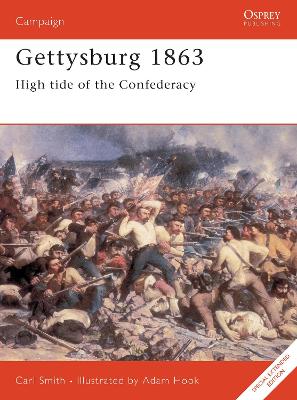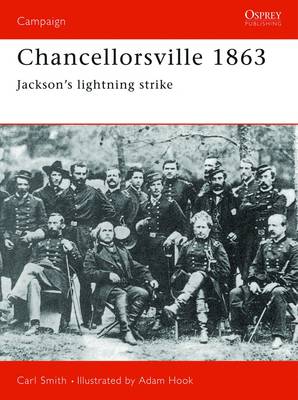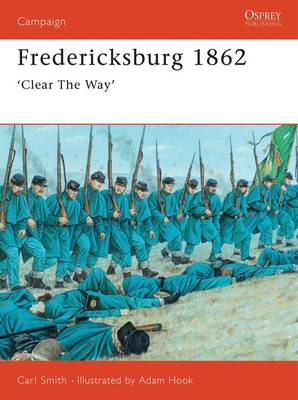Campaign
2 primary works • 5 total works
Book 62
December 7, 1941 was one of the single most decisive days of World War II (1939-1945) - the day that brought the USA into the fight. Six Japanese aircraft carriers disgorged their full complements in two waves on the superior US Pacific Fleet as it lay slumbering in Pearl Harbor. Depending on opposing viewpoints, the attack was either a brilliant maneuver of audacious strategy, or a piece of unparalleled villainy and deception by a supposedly friendly power. This revised edition, containing the latest research on the events of December 7, 1941, reveals several previously unknown aspects of the attack and dispels key myths that have been built up around the fateful day - a day, as Franklin Delano Roosevelt declared, that would "live in infamy."
Book 62
December the 7th, 1941, was a decisive day in World War II - it brought the USA into the war. This account of Pearl Harbor provides an illustrated examination of one of the most significant and controversial events of the war. It seeks to uncover what really happened and why the Japanese were so successful. The authors reveal several aspects of the attack that are little known and dispel the myths that have been built up around that fateful day. This revised 60th anniversary edition is packaged with a free CD featuring extracts from the Osprey Web event essentialpearlharbor.com.
Osprey's study of the Battle of Gettysburg (1863), one of the decisive battles of the American Civil War (1861-1865). The Confederate invasion of the Northern states was General Lee's last great gamble. By taking the war to the Union he hoped to force Lincoln into peace negotiations, or win support from the European powers who were watching events closely from across the Atlantic. Equally, Meade's Army of the Potomac needed to regain it's fighting credibility after the setbacks of Fredericksburg and saw this as an opportunity to redeem its honour. The clash of 150,000 soldiers from both sides would ultimately decide the fate of a nation.
Osprey's examination of the Battle of Chancellorsville (1863) of the American Civil War (1861-1865). Following the debacle of the battle of Fredricksburg in December 1862, Burnside was replaced as commander of the Army of the Potomac by General Joseph Hooker. Having reorganised the army and improved morale, he planned an attack that would take his army to Richmond and end the war. Although faced by an army twice his size, the Confederate commander Robert E. Lee split his forces: Jubal Early was left to hold off Sedgwick's Fredericksburg attack, and 'Stonewall' Jackson was sent with 26,000 men in a wide envelopment around Hooker's right flank. This title details how at dusk on May 2, Jackson's men crashed into the Federal right flank, and how stiffening Federal resistance slowed the Confederate advance the next day.
In December 1862, things were still confused for the Union. Antietam had been a failure for both sides, and although the battle showed that the Union army could bring the Confederates to bay, it couldn't pin them in one place long enough to destroy them. In December 1862, General Burnside, newly appointed to command the Army of the Potomac, planned to seize and secure the town of Fredericksburg, and then take the Confederate capital of Richmond. Carl Smith's book details the epic struggle that engulfed the Union side as it crossed the Rappahannock on December 11, encountering stiff opposition from Lee's men.




